Kootenay-Rockies Tourism presents regional "Connected Travel" program, complete with a flashy new app
Chris Dadson, president of Kootenay-Rockies Tourism (KRT), presented council with interesting tourism statistics on Monday evening, and showed off a brand new “Connected Travel” initiative for smartphones that they hope will help fulfill KRT’s mandate to enhance the region’s visitor economy.
While the Canadian Tourism Commission promotes Canada worldwide and Tourism BC promotes the province, the KRT works communities, businesses, and consortiums—such as Rossland’s Chamber of Commerce—to encourage visitors to travel throughout the Kootenay-Rockies region.
KRT was founded in 1978, is based in Kimberley, and the society is currently “on the road,” Dadson said, visiting 22 councils in three months to discuss the KRT’s role in “destination management and marketing.” Much like Tourism Rossland—whose executive director Deanne Steven accompanied the delegation to council—the KRT’s funding is substantially based on provincial revenue from the accommodation tax.
“We’ve got one foot in old media and one foot in the new,” Dadson said, as he described the recent Connected Travel initiative.
“This is a huge focus of ours this year,” he said. “With this economy and with these exchange rates, and with everyone in this province now targeting Albertans to come to their part of BC, we don’t think there are a lot of new customers out there. We want our existing customers to stay longer, spend more money, do more things, have more fun.”
“We think one of the ways we can achieve this is to present all of our products in their hand, on their smartphone, as they travel throughout the region,” he said.
For example, the KRT has developed a number of “tags” for golfing, skiing, hiking, and so forth that can be scanned by smartphones to play two-minute videos on the attractions in the region. These “tags” are a small image—a colour, two-dimensional “barcode”—that is displayed in print publications.
Following on from their “award-winning” Mobi site, KRT has just launched three brand new apps for iPhone, Blackberry, and Android. (The Blackberry and Android apps had not yet been uploaded at the time of publication.)
“These apps each have over 1200 pages of content on the region to keep people informed on restaurant hours, accommodation, reservations, ferry schedules, you name it, everything’s on these apps.”
There is no charge for listings, and Rossland’s page is already up. Dadson said he wants Rossland to “take ownership” and know that “it’s yours,” with changes and updates to the app possible within as little as “ten minutes.” He hopes businesses will get on board with marketing the initiative with “window clings, tent cards, and all that kind of thing.”
The KRT is also engaged in several other initiatives.
Much of the KRT’s budget is spent on the $1.2 million “Tourism Partners Program,” in which funds are cost-shared with stakeholders 50-50 to help them develop effective and mixed approaches to destination marketing and management. Stakeholders include both private sector partners and communities. Dadson described the program as “levering our dollars to get a bigger impact out there.”
The KRT also offers the Community Tourism Foundation Program (CTF) to provide communities with professionally facilitated workshops to help them develop “a plan.”
“We work very closely with Tourism Rossland,” Dadson said, “but of course for a community like [Rossland], which is so advanced in tourism promotion and organization, graduated from our CTF program long ago, and is now working with us on the Community Tourism Opportunities Program, another 50-50 cost-shared program.”
Dadson explained that the CTO program initiatives are “community driven and community delivered.” He said, “The tactics are approved in advance, and we help facilitate the other half of the dollars.” Regionally, the CTO program has a $254,000 budget.
The KRT employs a trade representative who works with tour operators, attends conferences, helps coordinate tourism efforts from the local to national scale, and employs three travel writers who promoted the area with roughly 1000 articles last year. They also produce a travel guide—both in print and on the internet— that helps advertise attractions from around the region.
Dadson presented an overview of the region’s tourism with some pertinent facts.
Last year, Dadson said, the tourism industry was worth $73.4 billion to the Canadian economy and accounted for 595,000 jobs—nine per cent of the work force. In BC, one in 15 jobs is based in the tourism (127,000 jobs) and brings the province $13.4 billion each year.
Comparing regions within BC using the accommodation revenue tax as an indicator, “so we know the numbers down to the nickel,” Dadson said, the Kootenay-Rockies region accounts for six per cent of the province’s tourist revenue despite having only four per cent of the population. For comparison, the coast region—Vancouver, Whistler—accounts for 57 per cent.
“[Tourism] is a significant business, right here in our region,” Dadson said.
The trend in Kootenay-Rockies tourism has been strong growth for a decade and a half, Dadson said, with a “bit of a downturn in 2008 and 2009,” but he noted that the industry has “stayed level” through 2010 and 2011, and appears to have stabilized.
Within the Kootenay-Rockies region, more than 66 per cent of Canadian travellers come from Alberta, and only 28 per cent hail from another part of BC. In the Coast-Mountains region and the Okanagan, roughly 75 per cent of Canadian travellers come from within BC, and only 13 per cent and 20 per cent, respectively, come from Alberta.
“Alberta is very important,” Dadson said. “The economy is strong in Alberta, and it’s continuing to help our growth.”
US visits are dominated by Washington, Idaho, and Montana. “It’s no surprise,” Dadson said, “It’s a drive radius, and our region is still very much a rubber tire area.”
In the Kootenay-Rockies, non-US international visits are dominated by Germany (21 per cent) and the United Kingdom (19 per cent), with the next highest representation coming from Switzerland and the Netherlands, each accounting for about 10 per cent of travellers.


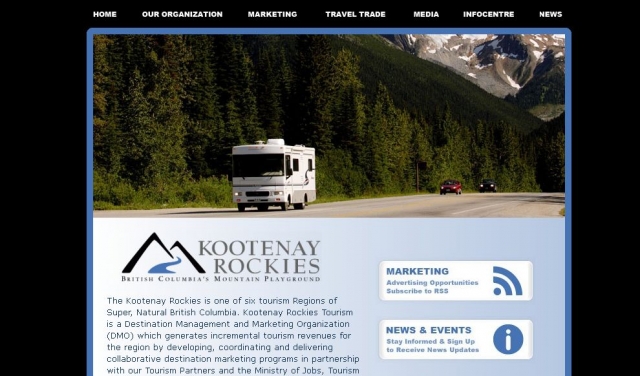

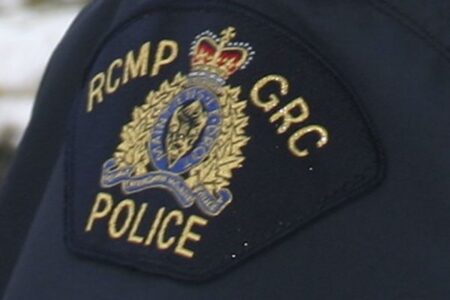
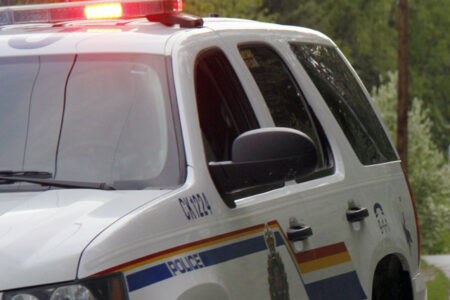

















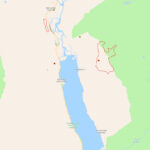


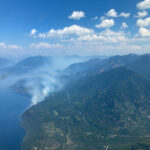
Comments